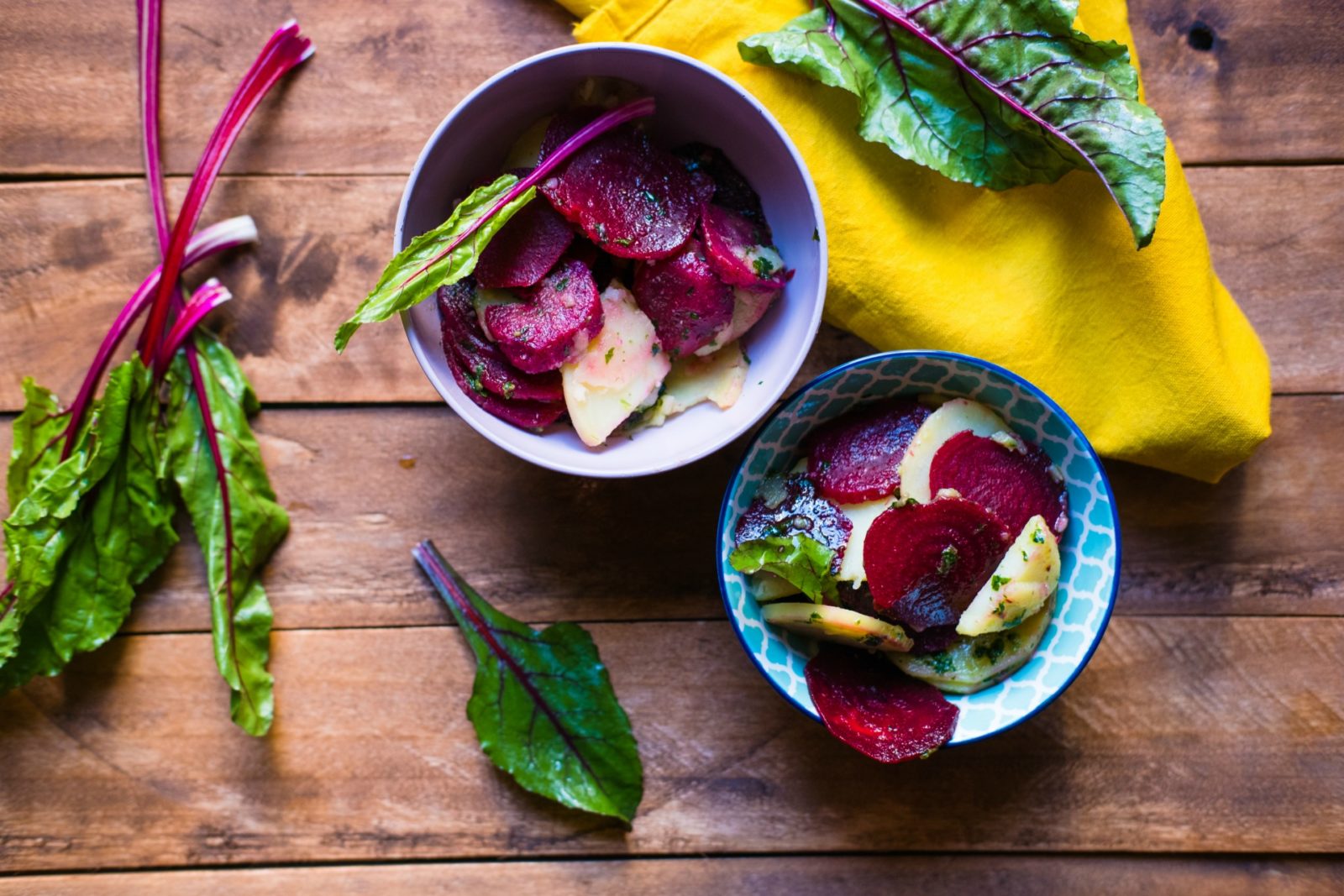
Many people peel fruits and vegetables and discard the stalks and stems before eating them. But did you know that the peel or stem is often the most nutritious part?
That’s where this root-to-stem eating approach comes into play. Reusing the so-called ‘scraps’ such as lemon rind, broccoli stalks, carrot tops and potato peel, not only makes incredibly tasty meals but is also good for the environment and the hip pocket, not to mention food scraps can be packed with nutrients.
The idea is pretty easy to grasp – eating the whole fruit or veggie benefits your health, it’s that simple! But the average household throws more than $1,000 worth of food into the garbage each year. That’s why Starts at 60 spoke to leading pharmacist Gerald Quigley to find out the benefits of root-to-stem eating – as well as tips on how to incorporate it into your lifestyle.
“We could improve our health and our bank balance if we became a little more adventurous with our eating and cooking habits,” Quigley says.
Eating your fruits and vegetables unpeeled is super beneficial, Quigley says, explaining that vegetable peels are particularly good sources of insoluble fibre (a type of fibre which helps make your toilet visits more frequent).
“We’re so used to peeling our fruit and veg, and discarding the roots, stem, leaves or skin, that many of us don’t realise that we’re missing out on some valuable nutrients,” he explains. “Rather than peeling and throwing away the skin of your fruit or veg, keep it on.”
For example, potato skins are rich in fibre, iron, antioxidants, and nutrients like potassium and vitamin C, he says, adding that: “Chips taste just as delicious unpeeled, and they’re higher in nutrients than their peeled counterparts.”
While the skin of the eggplant is a great source of nasunin, a powerful antioxidant which may help to fight ageing.

Meanwhile, broccoli and cauliflower stems contain slightly more calcium, iron and vitamin C than the florets. Both veggies are also low in calories, making them a fantastic snack for anyone watching their weight. He recommends working your leftover broccoli or cauliflower stems into a tasty pasta or serving them up alongside some delicious dip.
And if you’re thinking about throwing away your celery leaves, don’t! “Celery leaves contain five times more calcium and magnesium than the actual stalk, which is great for bone health and overall energy,” Quigley explains. He recommends adding celery leaves to a salad “for an extra nutritional kick” or to vegetable stocks, soups, stews or a delicious pasta sauce.
Meanwhile, he says beet greens are jam-packed with nutrients and have a higher amount of antioxidants, fibre, calcium and iron “than the popular purple bulb portion”. If you’re short on time, beet greens are fantastic tossed through a vegetable-packed frittata with soft cheese.

If you want to give root-to-stem eating a go, here are some easy ways to try it: